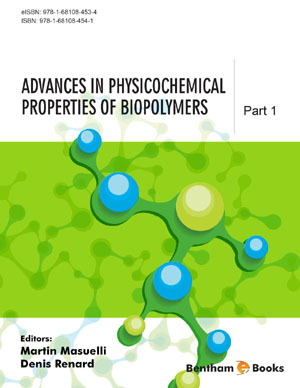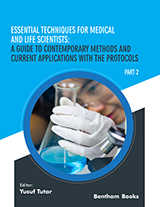Abstract
The highly reactive free radical species generated through abiotic stress lead to the degradation of essential biomolecules like proteins, carbohydrates, lipids and nucleic acids, thus deregulating a series of cellular functions. Several pathological conditions like wrinkling of skin, ageing, asthma, arthritis, carcinogenesis, cardiovascular diseases, cataract, AIDS, autoimmune disorders, Parkinson’s dementia, Alzheimer’s disease, etc., are the manifestations of free radical toxicity. Apart from these clinical influences, free radicals are associated with spoilage of food resulting through oxidation of fats, oils and lipid content. Antioxidants have enormous potential to neutralize the effect of toxic moieties. Antioxidants can be natural or synthetic with the former taken directly from fruits, vegetables, herbs and spices. Synthetic antioxidants can also inhibit oxidation reactions but their use has been quoted as unsafe for humans. Therefore, expedition on innocuous antioxidants of natural origin has intensified in recent past. The scientific studies have demonstrated the potential of natural antioxidants as: (i) natural preservative for long term storage of ready to eat food products without compromising with their commercial and sensory values; (ii) an anti-ageing, anti-wrinkle agent in the cosmeceutical products; (iii) a medicinal ingredient preventing vesicular calcification and lipid peroxidation responsible for various diseases; (iv) a protective probe against several cardiovascular, neurodegenerative and autoimmune disorders. Owing to such a wide array of industrial applications, natural antioxidants are expected to capture the market in future generating high revenue of billions of dollars. Therefore, through this chapter we focus on bioprospecting diverse sources of natural antioxidant compounds and their industrial prospects.
Keywords: Alzheimer’s disease, Anti-carcinogen, Antioxidants, Cardiovascular diseases, Cosmeceutical properties, Flavonoids, Health supplement, Medicinal value, Parkinson’s dementia, Reactive oxygen species, Therapeutic aspects.

















